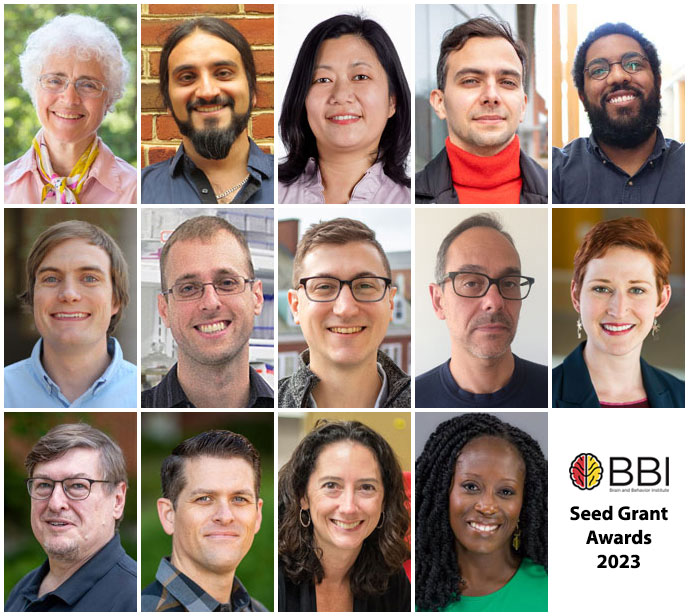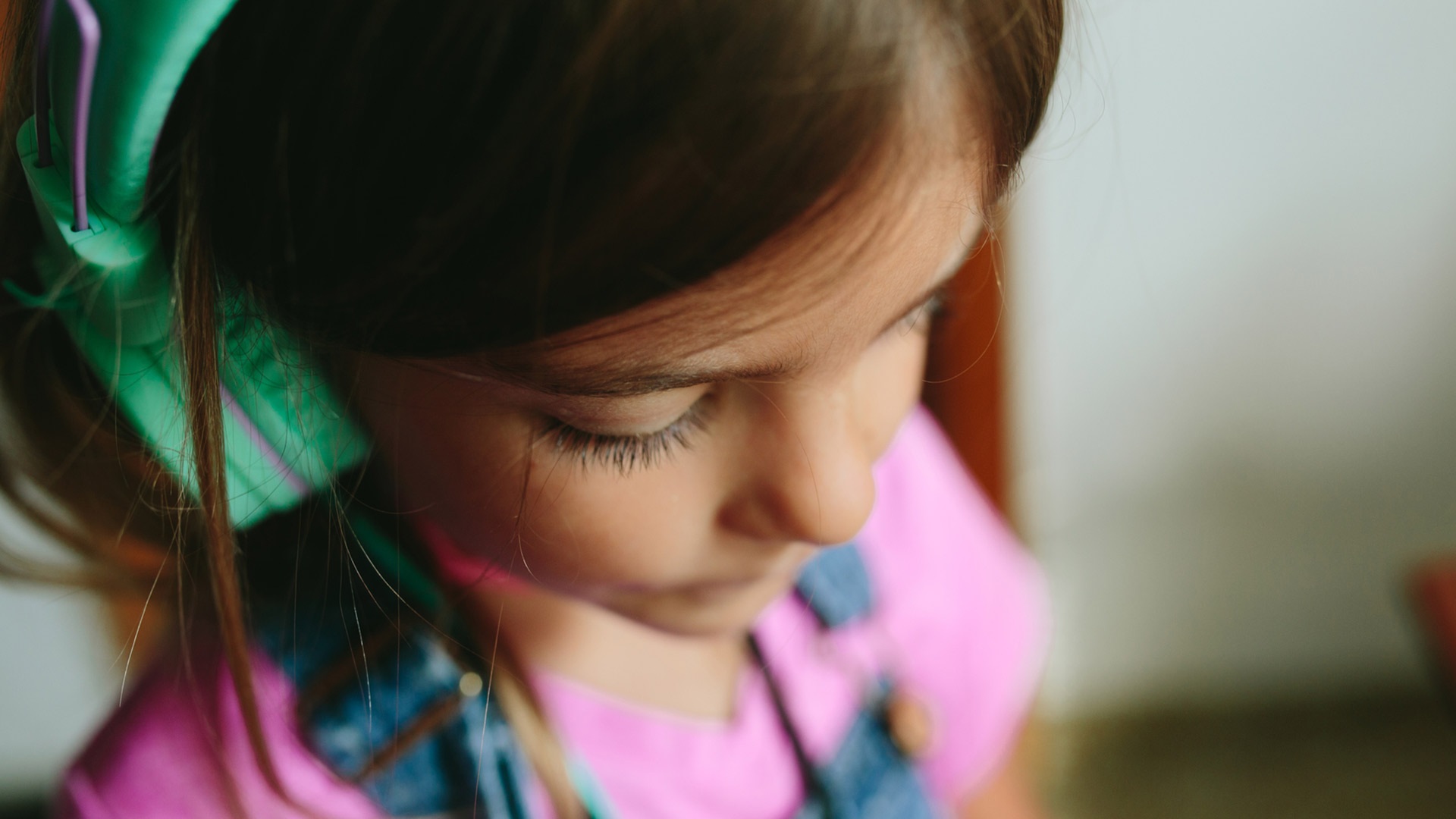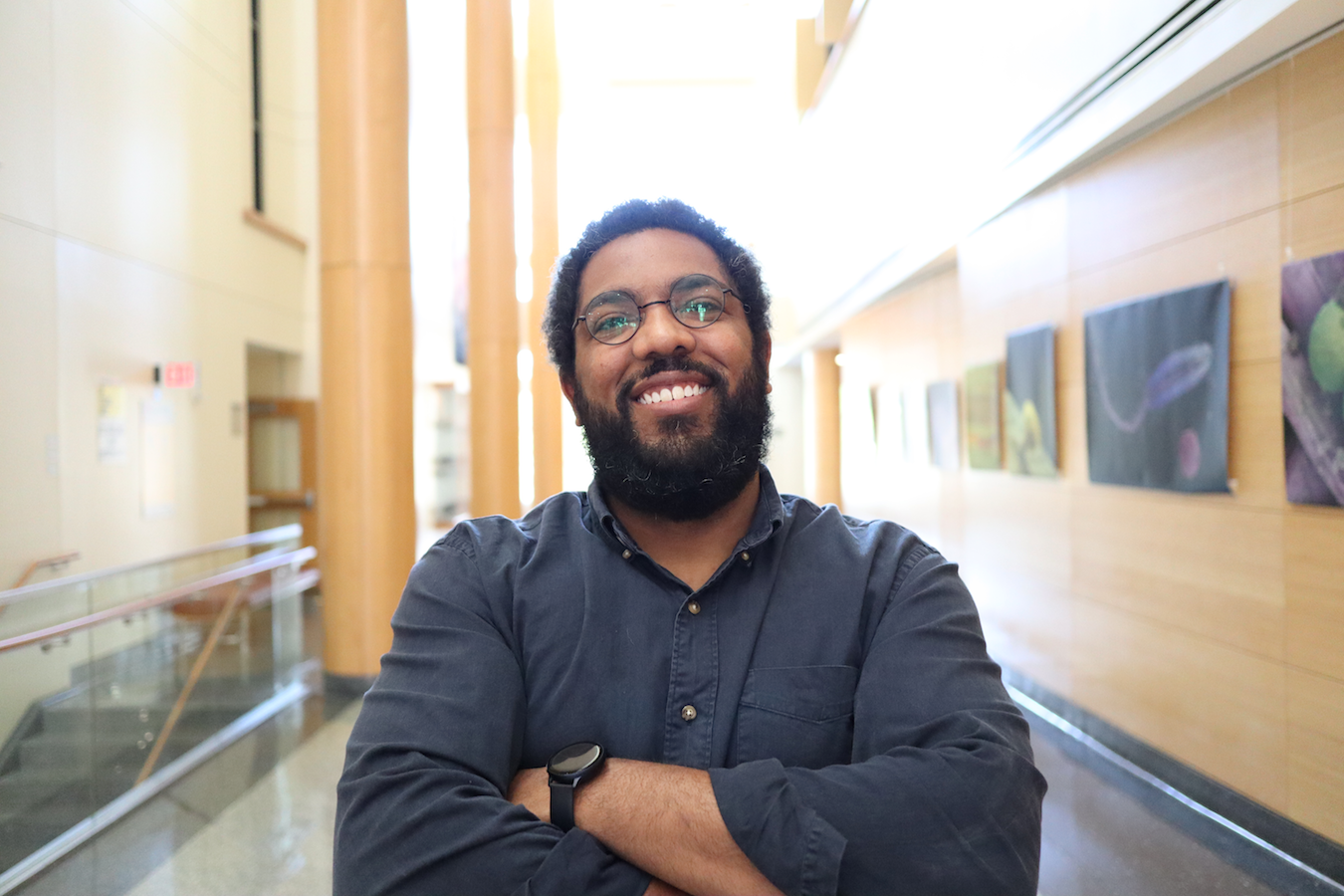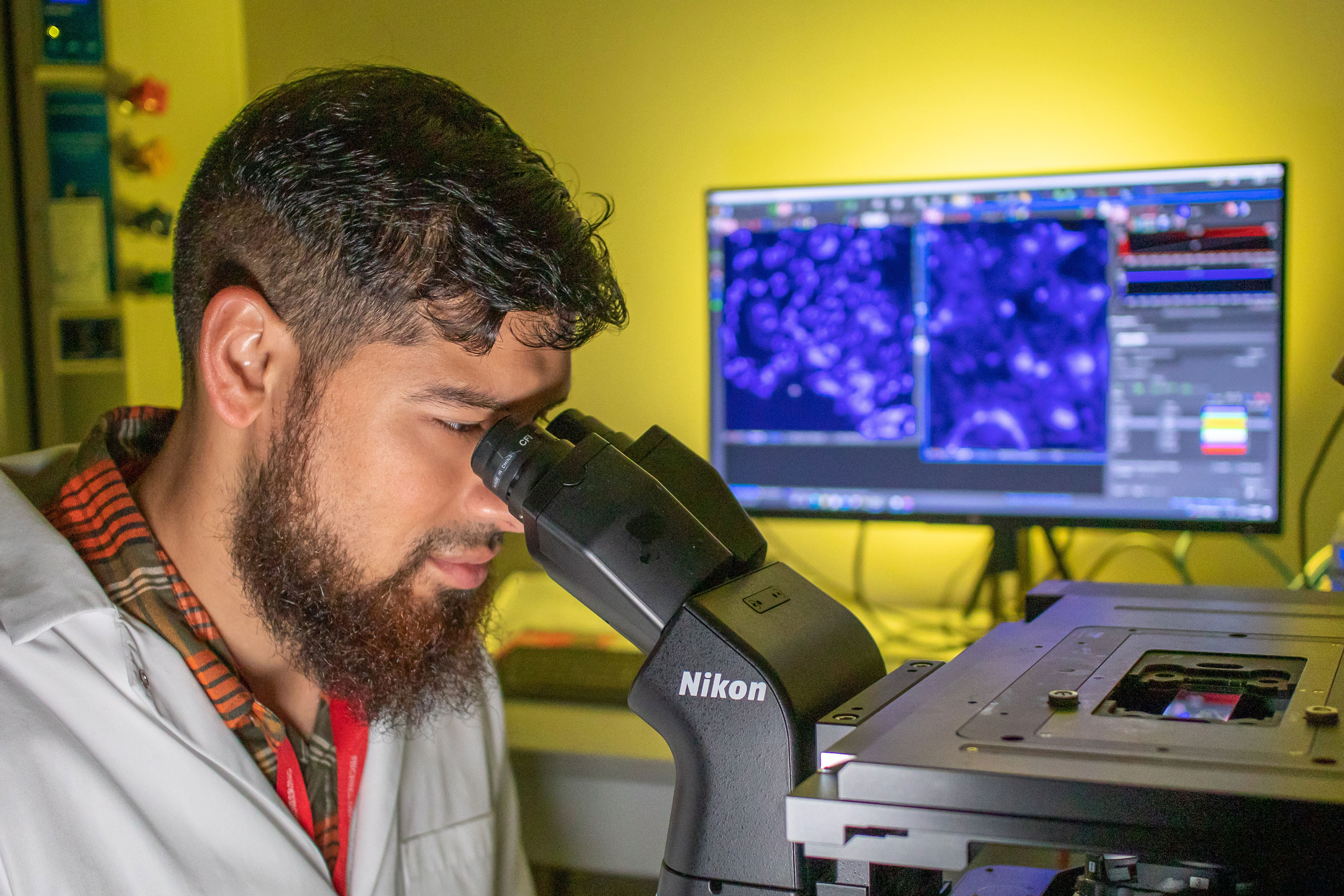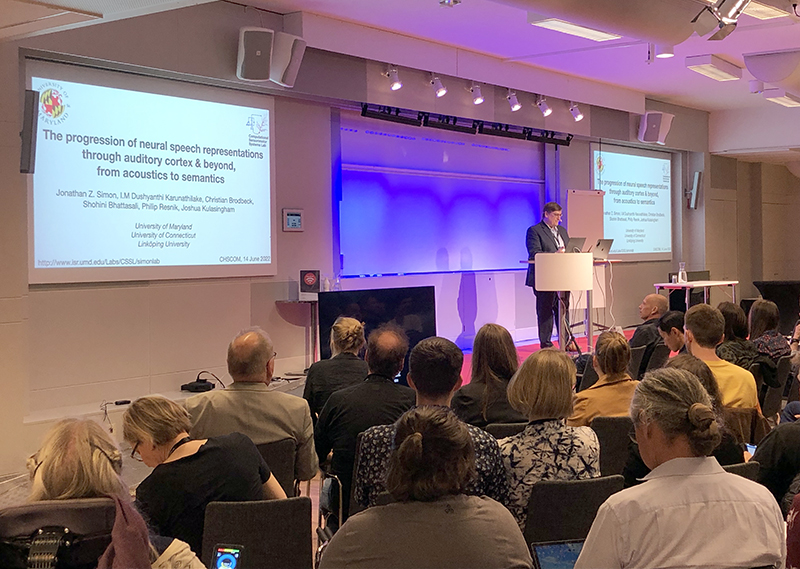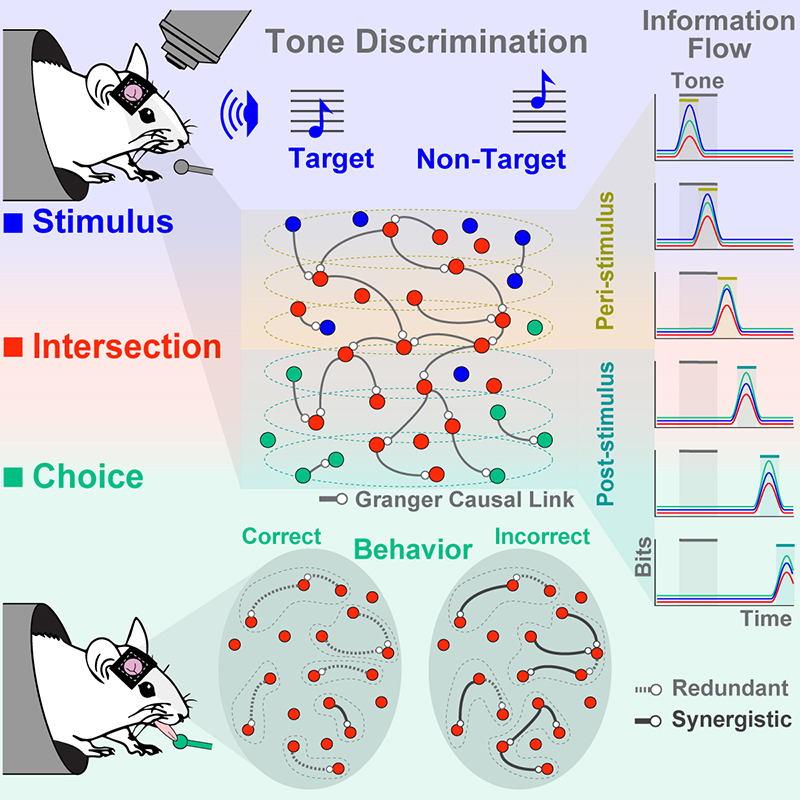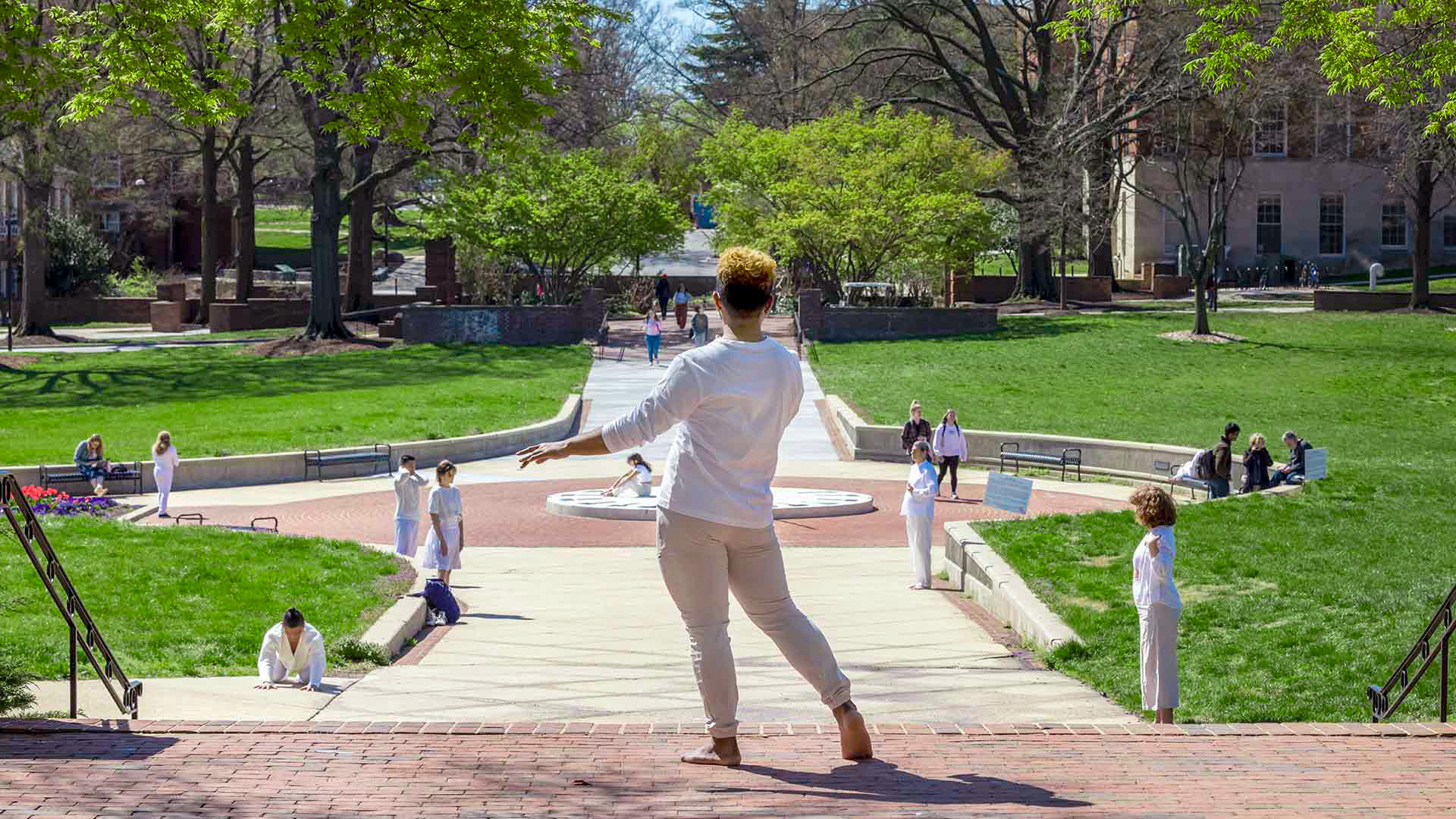News Story
BBI Awards Seed Grants to Six Interdisciplinary Projects
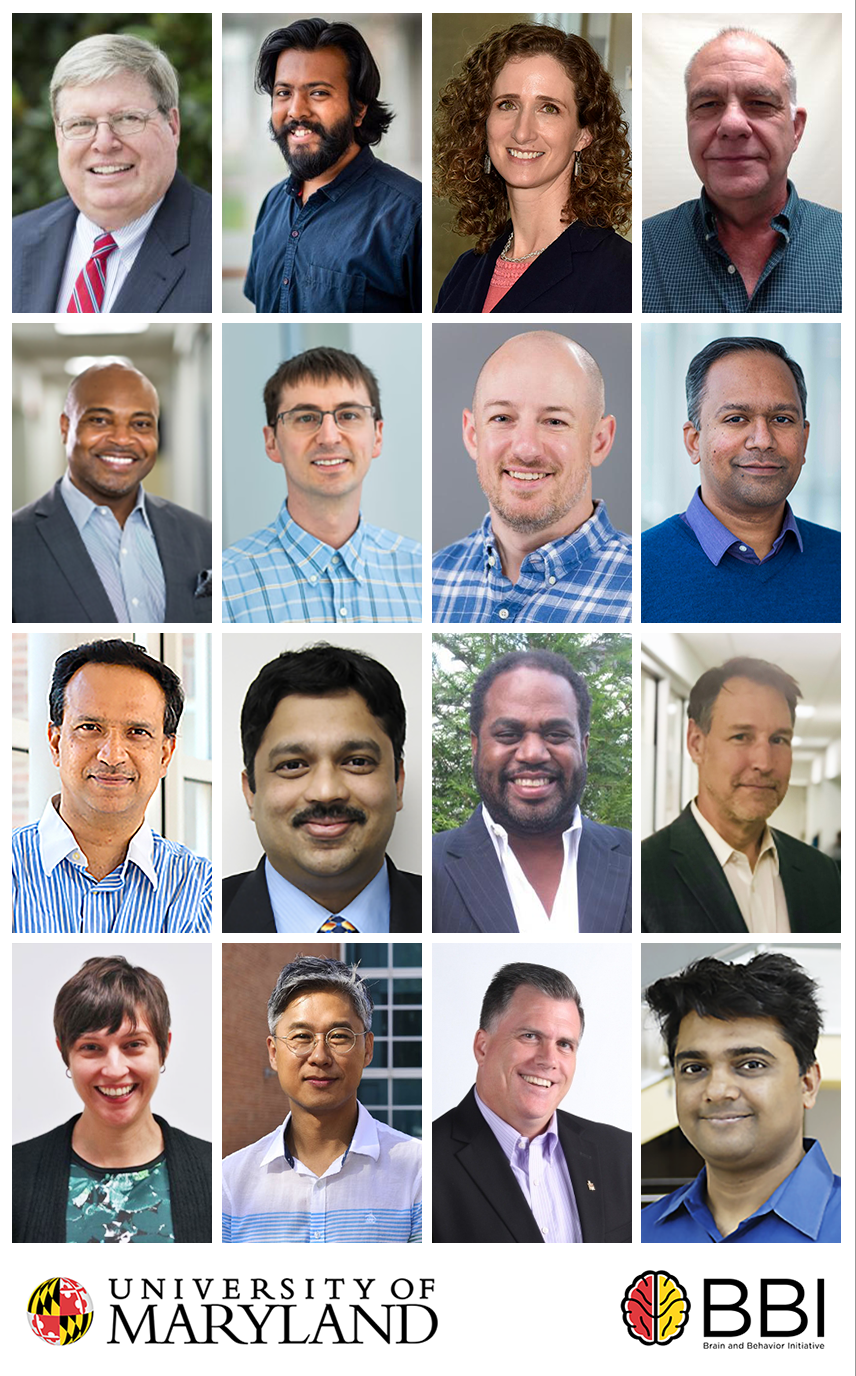
2020 BBI Seed Grant recipients, from left to right, starting at top: Profs. Ball, Bera, Clyne, Dooling, Fryer, Gaudry, Hoover, Jose, Manocha, Raghavan, Richardson, Roy, Shilton, Shim, Smith, and Sriram
The Brain and Behavior Initiative (BBI) at the University of Maryland is pleased to announce the recipients of FY20 BBI Seed Grants, a program now in its fifth year. Over the past four years (FY16, FY17, FY18, and FY19), the program has awarded $1.75M to 27 projects, which has translated into over $14M in external awards.
Responses to the 2020 request for proposals included applications from faculty in 19 departments and 12 centers and institutes across eight colleges and schools, representing an exciting range of new interdisciplinary teams and projects. The 2020 applications are some of the strongest and most potentially impactful to date, a fact noted by members of the external panel that reviews the BBI seed grants.
The projects funded by BBI in FY20 are highly cross-disciplinary, in keeping with the mission of the program. Seed grant funding will be provided to faculty from five colleges and schools—the College of Behavioral and Social Sciences (BSOS), the College of Computer, Mathematical, and Natural Sciences (CMNS), the A. James Clark School of Engineering (ENGR), the College of Information Studies (INFO), and the School of Public Health (SPHL)—and six UMD institutes or centers (Maryland Center for Health Equity [M-CHE], Maryland Energy Innovation Institute [MEII], Maryland Population Research Center [MPRC], Maryland Robotics Center [MRC], Maryland Transportation Institute [MTI], and University of Maryland Institute for Advanced Computer Studies [UMIACS]). “We are grateful to BBI for kickstarting this new collaboration,” notes Associate Professor Alisa Morss Clyne (BIOE) of her research with Professor J. Carson Smith (KNES) and Associate Professor Ganesh Sriram (ChBE), “BBI seed funding will enable us to test innovative ideas in silico and in vitro, which we hope will identify new therapeutic targets to prevent or delay Alzheimer's disease.”
The 2020 BBI Seed Grant projects aim to tackle a highly diverse set of problems and research questions, including Alzheimer’s disease, disparities in hearing healthcare access, the influence of complex traumas on black men’s mental health, the detection and classification of human emotion based on gait, the neuroendocrine effect on brain function in the vertebrate brain, and the engineering of an organismal regulatory circuit. These projects are well-aligned with the mission of UMD’s new President, Dr. Darryll Pines, to “plan for a different and more equitable future [and to] play a transformative role in tackling the issues facing our global community and work to improve the health and well-being of people in the state of Maryland and around the world.”
Please read more about the 2020 BBI Seed Grant awards in the abstracts that follow. Also see the video below to learn how the BBI Seed Grant Program enabled the 2019 interdisciplinary collaboration between Assistant Professor Colenso Speer (BIOL), Associate Professor Peter Nemes (CHEM), and Professor Najib El-Sayed (CBMG, UMIACS).
BBI 2020 Seed Grant Awards
Learning Age and Gender Adaptive Gait Motor Control-based Emotion Using Deep Neural Networks and Affective Modeling
- Aniket Bera (Assistant Research Professor, Computer Science; UMIACS; MRC; MTI)
- Jae Kun Shim (Professor, Kinesiology; Bioengineering; MRC)
- Dinesh Manocha (Paul Chrisman Iribe Professor of Computer Science; Professor, Electrical and Computer Engineering; UMIACS)
Detecting and classifying human emotion is one of the most challenging problems at the confluence of psychology, affective computing, kinesiology, and data science. While previous studies have shown that human observers are able to perceive another’s emotions by simply observing physical cues (like facial expressions, prosody, body gestures, and walking styles), this project aims to develop an automated artificial intelligence based technique for perceiving human emotions based on kinematic and kinetic variables—that is, based on both the contextual and intrinsic qualities of human motion. The proposed research will examine the role of age and gender on gait-based emotion recognition using deep learning. After collecting full-body gaits across age and gender in a motion-capture lab, Bera, Shim, and Manocha will employ an autoencoder-based semi-supervised deep learning algorithm to learn perceived human emotions from walking style. They will then hierarchically pool these joint motions in a bottom-up manner, following kinematic chains in the human body, and coupling this data with both perceived emotion (by an external observer) and self-reported emotion.
Sex differences in exercise effects on brain microvascular endothelial glucose metabolism
- Alisa Morss Clyne (Associate Professor, Bioengineering)
- J. Carson Smith (Professor, Kinesiology)
- Ganesh Sriram (Associate Professor, Chemical and Biomolecular Engineering, MEII)
This project looks to design more effective exercise training for those at risk of Alzheimer’s disease (AD) by identifying and studying a biomarker for earlier detection of AD: brain glucose uptake. Brain glucose uptake is ripe for research not only because reduced glucose uptake generates cognitive decline but also because, as a measure of cognitive decline, brain glucose uptake registers changes based on multiple known risk factors for AD: age, sex, and the presence of a protein known as APOE4. Although researchers currently know the major risk factors for developing AD—the elderly are more at risk than the young; women are more at risk than men (over 60% of patients with AD are female); and those with one or more copies of the APOE4 allele are at increased risk for developing AD at a younger age—this project aims to address multiple axes of this matrix simultaneously. We hypothesize that brain glucose uptake from female subjects with APOE4 alleles will be the lowest, and we posit that exercise will begin to reverse this effect, increasing brain glucose uptake and delaying cognitive decline. As far as we know, this research is the first to study how exercise impacts glucose metabolism with sex and APOE4.
Time-Release Capsules for Neurotransmitter Delivery to the Brain of Behaving Birds
- Robert Dooling (Professor Emeritus, Psychology)
- Gregory Ball (Professor and Dean, College of Behavioral and Social Sciences)
- Srinivasa Raghavan (Professor, Chemical and Biomolecular Engineering)
Vocal communication is essential to the success of many social species, and over the past several decades, songbird vocal behavior has emerged as one of the most productive models for understanding the neurobiology of vertebrate learning. Much is known about how various hormones and neurotransmitters act within the brain to regulate the learned social behavior of birdsong, including the fact that, in canaries (Serinus canaria), the motivation to communicate by song depends on the action of steroid hormones like testosterone in the brain. However, the specific mechanisms of this effect are not yet understood. Traditionally, researchers have studied how testosterone motivates singing by delivering the hormone via injection. But administering these injections has required handling or temporarily restraining the canaries and thus complicated researchers’ ability to measure their natural behavior. Dooling, Ball, and Raghavan along with their graduate students, Chelsea Haakenson (NACS) and Leah Borden (ChBE) posit a new approach to drug delivery: time-release capsules. These capsules allow for a drug to be released in the brain while the bird is behaving normally. Behavioral measurements at the time of testosterone release from the capsules in a normal bird will allow researchers to examine the still unclear non-genomic, rapid effects of steroid hormones. If this approach works, it will open up a whole new level of temporal and spatial precision in understanding the neuroendocrine effect on brain function in a complex vertebrate brain.
Engineering a Heritable Behavior
- Quentin Gaudry (Associate Professor, Biology)
- Antony Jose (Associate Professor, Cell Biology and Molecular Genetics)
The origins and boundaries of innate behavior have been debated for centuries: where does nature end and nurture begin? This project proposes to engineer a synthetic behavior to understand plausible solutions to this ancient conundrum and develop a paradigm for rigorous experimental analysis—that is, essentially to use nurture to change nature. Such synthetic biology approaches are already being used to build new regulatory circuits within cells and to rewire nervous systems. Therefore, the goal of this proposal is to engineer the organismal regulatory circuits such that the adaptation to an odor is lost for many generations in the roundworm (nematode C. elegans). This ambitious goal can be attempted only in well-characterized systems, but it will be transformative by connecting behavior to transgenerational epigenetics using synthetic biology, providing a mechanistic explanation of a new behavior from molecular to population scales. Progress in this research direction will inform current explorations of the inheritance of behavior through epigenetic changes in mammals and has the potential to launch the field of synthetic behaviors that complements our current capabilities of modifying behaviors through the rewiring of neuronal circuits.
Competing Values in Hearing Healthcare Service Delivery
- Eric Hoover (Assistant Professor, Hearing and Speech Sciences)
- Katie Shilton (Associate Professor, College of Information Studies)
Hearing loss is both widespread and impactful: it affects one in three American adults aged 65-74, and it has been correlated with many mental health difficulties, including depression, anxiety, loneliness, and cognitive decline. Moreover, these negative outcomes redound disproportionately to marginalized groups, who face socioeconomic, racial, cultural, and geographical barriers to hearing healthcare access. In order to reduce these health disparities by promoting access and affordability, the FDA will be introducing in August 2020 an over-the-counter (OTC) service delivery model that can supplement the traditional, clinical delivery model. However, the inherent values embedded in each delivery model have yet to be taken into account. For example, to what extent does a focus on cost-reduction sacrifice the traditional model’s core values of health, safety, education, and counseling? This project will use a value-sensitive design framework to disclose the values enacted in both OTC and traditional service models with an eye toward improving the development, administration, and use of hearing technologies.
Black men’s mental health: Healing from complex trauma and toxic environments
- Kevin Roy (Associate Professor, Family Science; M-CHE; MPRC)
- Craig Fryer (Associate Professor, Behavioral and Community Health; M-CHE; MPRC)
- Joseph Richardson (Joel and Kim Feller Professor of African-American Studies and Anthropology; Professor, Epidemiology; Division of Preventative Medicine, UM-SOM)
For black men, experiences of trauma begin early in life, are prolonged, and remain unresolved. These experiences also underlie the vast majority of mental health disparities, particularly higher levels of depression linked to psychosocial stressors and a lack of access to quality mental health services. This project explores the biological, psychological, and sociological factors associated with black men’s experiences of trauma by drawing on complementary quantitative and qualitative methods for both basic and applied research. In order to explore trauma past, present, and future, the study will: 1) gather a more complete understanding of how black men give meaning to prior trauma and violence, particularly childhood experiences; 2) assess the ongoing stress and risk in toxic environments, including stressors like incarceration, family conflict, racialized violence of police and gang activity, and limited employment and educational opportunities; and 3) catalog the creation of strategies for healthy resilience to toxic environments. Research suggests not only that resilience is a distinct path of recovery from trauma but also that there are more paths to resilience than are commonly acknowledged. Accordingly, this study is attuned to black men’s own strengths and adaptations—such as the utilization of close intimate and family relationships—to remain resilient in the face of extensive trauma.
Published July 30, 2020

